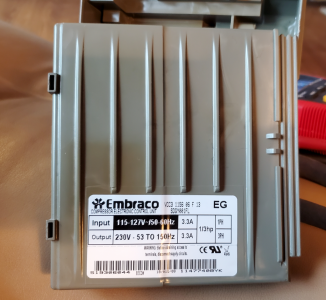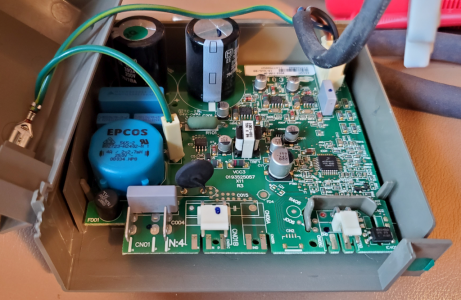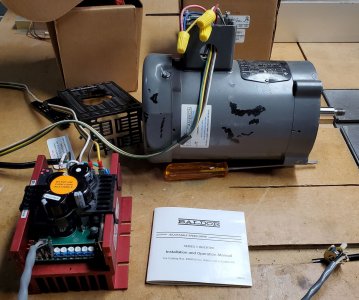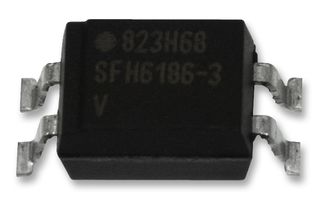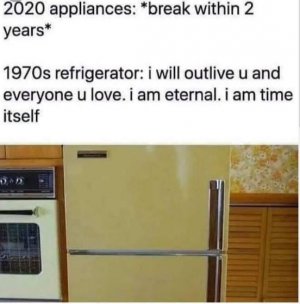I still don't understand John. Perhaps there might be some fundamentals here driven by slightly different perspectives of how things work. Or maybe just your choice of words. English has to be the worst language in the world.
Say you have a 3 phase drive like the one in the photo I posted earlier in this thread. It takes a POT or 0-10V input to create the variable speed out to the motor. The drive does that by varying the frequency while maintaining the 220VAC voltage to the windings
I would have preferred to say that the VFD uses a 0 to 10 Volt signal to determine what frequency to output to the motor. The 0-10 itself doesn't create the output. The VFD creates the output using the 0-10 as a control signal.
Now imagine you have my AC servo motor on my milling machine spindle. Still a 3 phase motor this time along with an encoder on the back. But the although the electronics can accept a 0-10V signal for velocity it can also take step/dir signals so you can even position the AC servo.
Again, I'm confused. Does the Fridge motor have an encoder on it? If so, it isn't likely used for position control, just speed.
Many VFDs have a Sensorless Vector mode to determine speed. An encoder on the motor is not required in this mode. However some can use a sensor (encoder) on the motor to determine speed.
My VFDs are capable of being programmed to use both modes (and a few more).
But none of my motors have an encoder. So I use SLV (sensor less vector) mode. Does yours have an encoder?
Is there a chance that your source is confusing speed feedback with CNC position control?
So I'm assuming that the fridge compressor accepts a frequency in of 53Hz to 150Hz which in turn results in the 3 phase driver electronics creating the 53Hz to 150Hz. Again not a lot different from a VFD that has a pot or 0-10V and creates 20Hz to 120Hz for example.
Again, I think English is interfering with my understand and ability to follow you.
The majority of 3phase motors cannot handle the full range of frequency outputs that VFDs can deliver. So VFDs are often programmed to output minimum and maximum frequencies that are less extreme. 53hz is less extreme, but 150 is on the very high side. I presume this relates to the motors application bathed in refrigerant.
But I don't really know. The guys tester just couples the 60Hz line through the two resistors into the drive opto coupler input.
I confess I didn't watch the videos. I don't like YouTube and generally avoid it. So I can't really comment on this.
Generally, my observation is that most VFDs are capable of generating their own 10V reference voltage internally. The user can either use this voltage or generate their own externally. I assume that yours uses an external 10V reference simply because it has another controller board that determines the speed it wants to run at instead of a human being controlling it via a potentiometer.


